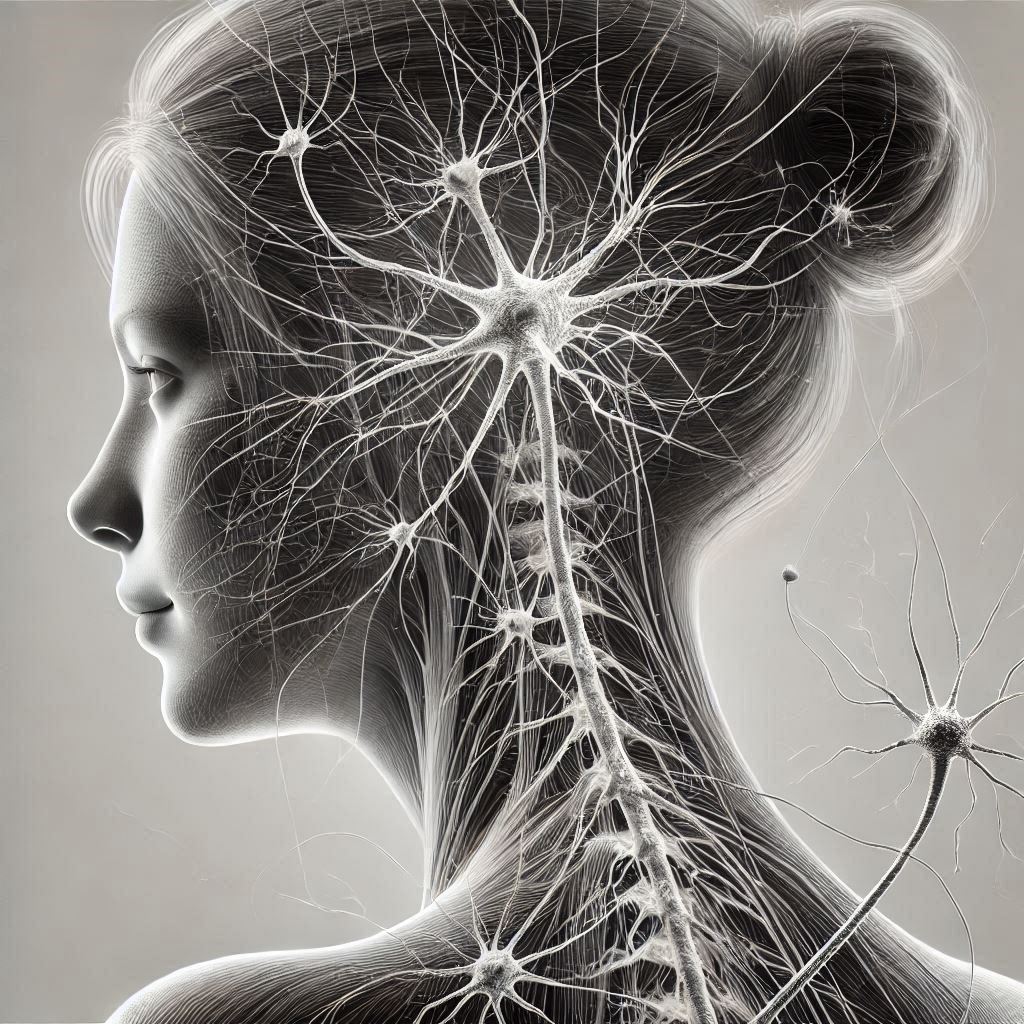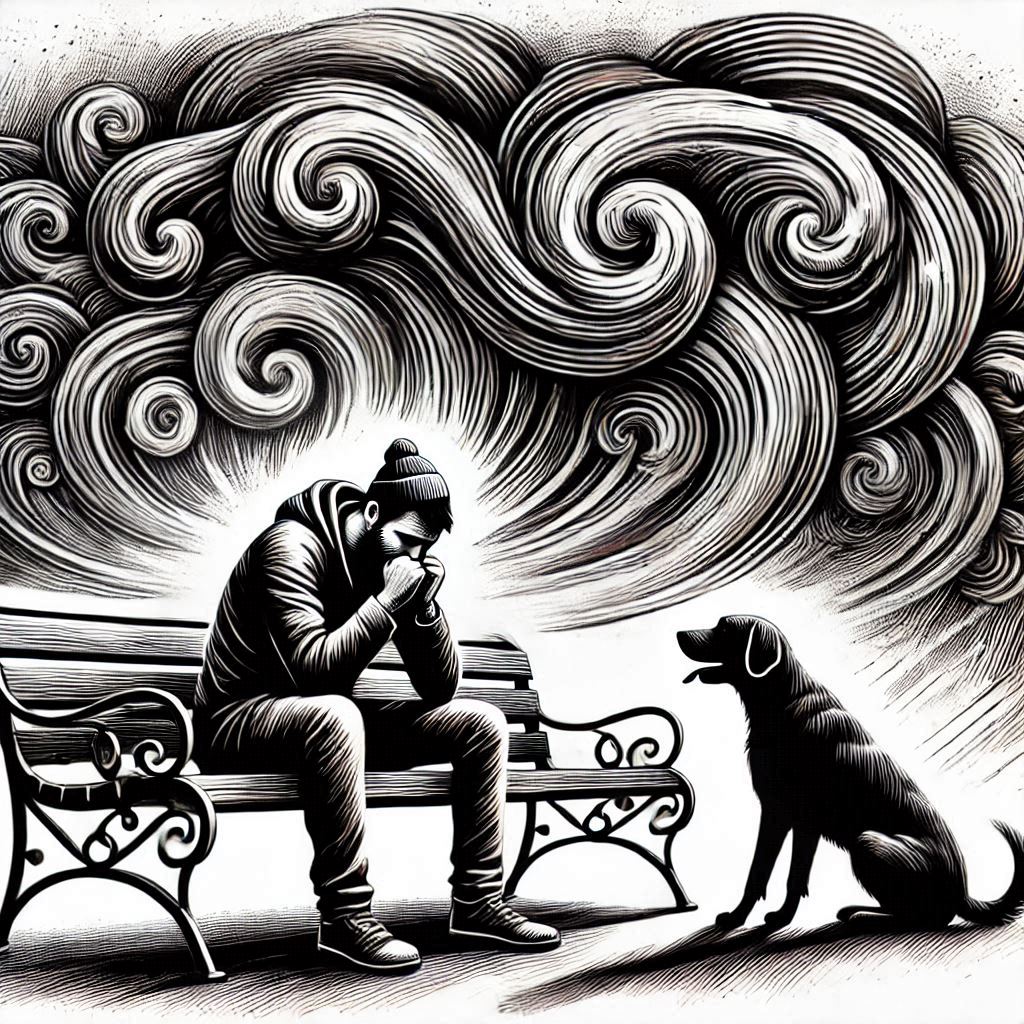Panic attacks are sudden periods of intense fear or discomfort that can be extremely debilitating. Despite their prevalence, there are still many myths and misconceptions about panic attacks. These myths can lead to stigma, misunderstanding, and inadequate care for those who suffer from them. Here’s a look at ten persistent myths about panic attacks and the truth that dispels them.
1. Panic Attacks Are Just a Feeling of Nervousness
It’s easy to confuse general nervousness with a panic attack, but they’re vastly different experiences.
What a Panic Attack Actually Is
A panic attack is an abrupt onset of intense fear or discomfort that reaches a peak within minutes. It can include symptoms like heart palpitations, sweating, trembling, and sensations of shortness of breath.
Persistent fears of having another attack often accompany these episodes. Panic attacks can leave individuals feeling drained and disoriented, far beyond just feeling “nervous.”
2. Panic Attacks Are Not a Serious Medical Condition
Many people dismiss panic attacks as non-serious. This couldn’t be further from the truth.
Impact of Panic Attacks on Daily Life
Panic attacks can interfere significantly with daily activities, making routine tasks difficult. Sufferers might avoid places or situations where they’ve previously experienced an attack, limiting their lifestyle significantly.
Panic Attacks Can Lead to Other Mental Health Issues
Untreated panic attacks can spiral into other mental health issues like depression or severe anxiety disorders. These compounded issues often need professional intervention for effective management.
3. Panic Attacks Only Happen to People with Anxiety Disorders
The misconception that only anxiety disorder sufferers have panic attacks is widespread but misleading.
How Panic Attacks Can Occur in Individuals Without a Prior History of Anxiety
Anyone can experience a panic attack, even without a history of anxiety. Stressful events, trauma, or certain environments can trigger a panic attack in an otherwise mentally healthy individual.
Common Triggers for Panic Attacks
Triggers vary widely but can include high anxiety situations, trauma reminders, or even seemingly random events. This unpredictability adds to the distress caused by panic attacks.
4. You Can Always Predict When a Panic Attack Will Happen
Many believe they can always foresee a panic attack, but the reality is different.
Unpredictability of Panic Attacks
Panic attacks can strike without warning, often in familiar, safe environments. This unpredictability can lead to heightened fear and anxiety about future attacks.
Factors That Can Increase the Likelihood of a Panic Attack
While some factors can increase susceptibility to attacks, like high stress or traumatic events, pinpointing an exact cause is often challenging.
5. Panic Attacks Are Just a Form of Attention-Seeking Behavior
This myth stigmatizes those suffering from panic attacks and undermines their experiences.
Misconceptions About Panic Attacks
Experiencing a panic attack is neither voluntary nor a call for attention. Many sufferers feel shame or embarrassment about their condition and often try to hide their symptoms rather than draw attention to them.
Seeking Help for Panic Attacks
It’s crucial for individuals to seek help and support when dealing with panic attacks. Professional treatment can provide relief and improve the quality of life.
6. Panic Attacks Are Easy to Overcome with Willpower
Another harmful myth is that panic attacks can be conquered simply through willpower.
Why Willpower Alone Is Not Enough
Panic attacks involve complex physical and psychological responses that can’t be willed away. Suggesting otherwise minimizes the severity of the disorder.
Effective Treatments for Panic Attacks
Effective treatments include cognitive-behavioral therapy (CBT), medication, and lifestyle changes, often in combination.
7. Panic Attacks Are Always Triggered by External Stressors
Contrary to popular belief, panic attacks are not solely the result of external stressors.
Internal Triggers for Panic Attacks
Internal factors like genetic predisposition or hormonal imbalances can also contribute to panic attacks. Sometimes, internal triggers might be invisible, making them hard to identify.
Past Trauma Can Contribute to Panic Attacks
Trauma, particularly unresolved, can lead to panic attacks. Even long after the event, trauma can cause lasting effects, including unexpected panic attacks.
8. Panic Attacks Are Just a Sign of Weakness
Such myths perpetuate stigma and discourage people from seeking the help they need.
Mental Health Stigma Surrounding Panic Attacks
Labeling panic attacks as a sign of weakness fails to recognize the strength required to live with and address the condition. Mental health struggles should not be equated with personal failings.
Strength in Seeking Help for Panic Attacks
Recognizing the need for help and reaching out for support is a sign of strength. It’s a crucial step toward managing and overcoming panic attacks.
9. Panic Attacks Are Contagious
The idea that panic attacks are contagious is a misconception that lacks scientific backing.
Panic attacks are not like viral illnesses; they don’t spread from person to person. However, witnessing someone having a panic attack can evoke stress in others, which might be the root of this misunderstanding.
How to Support Someone Experiencing a Panic Attack
Providing calm support and understanding can help someone experiencing a panic attack. Empathy and patience go a long way.
10. Once You Have a Panic Attack, You Will Always Have Them
This final myth is particularly disheartening but unfounded.
Panic Attacks Can Be Managed and Treated Effectively
With proper treatment and coping strategies, many people significantly reduce the frequency and intensity of their panic attacks. Some even experience complete remission.
Conclusion
Understanding and dispelling these myths about panic attacks is a critical step in recognizing the seriousness of the condition and supporting those affected. By spreading accurate information, we can reduce stigma, foster empathy, and encourage people to seek the help they need to manage their mental health effectively.








